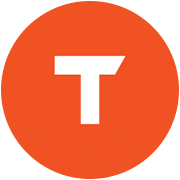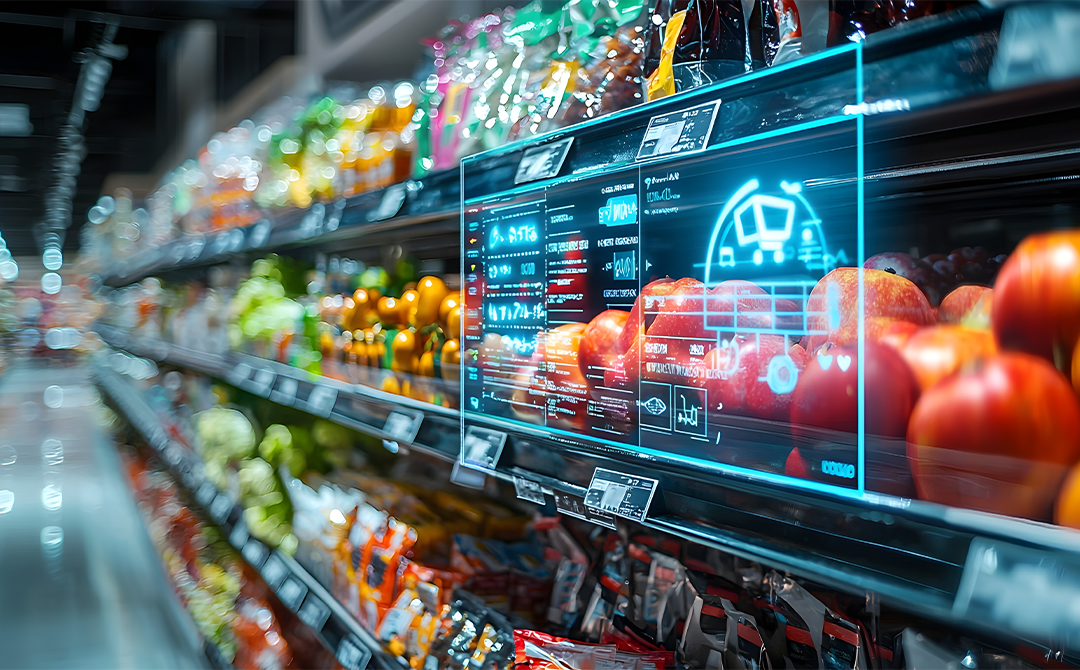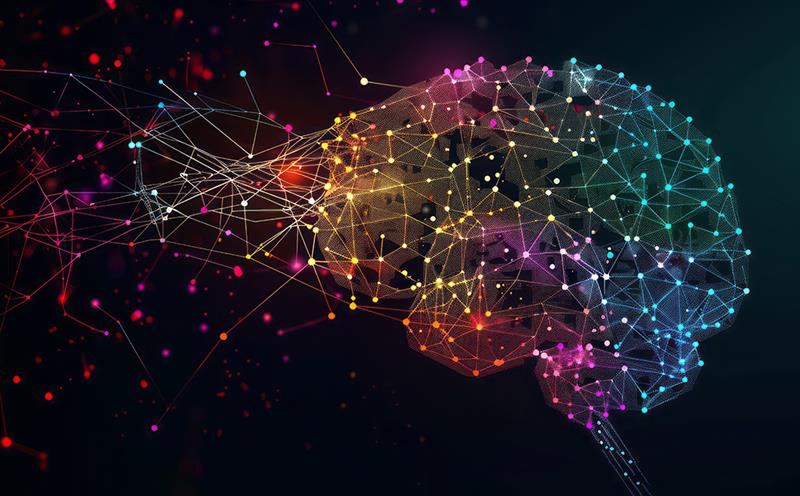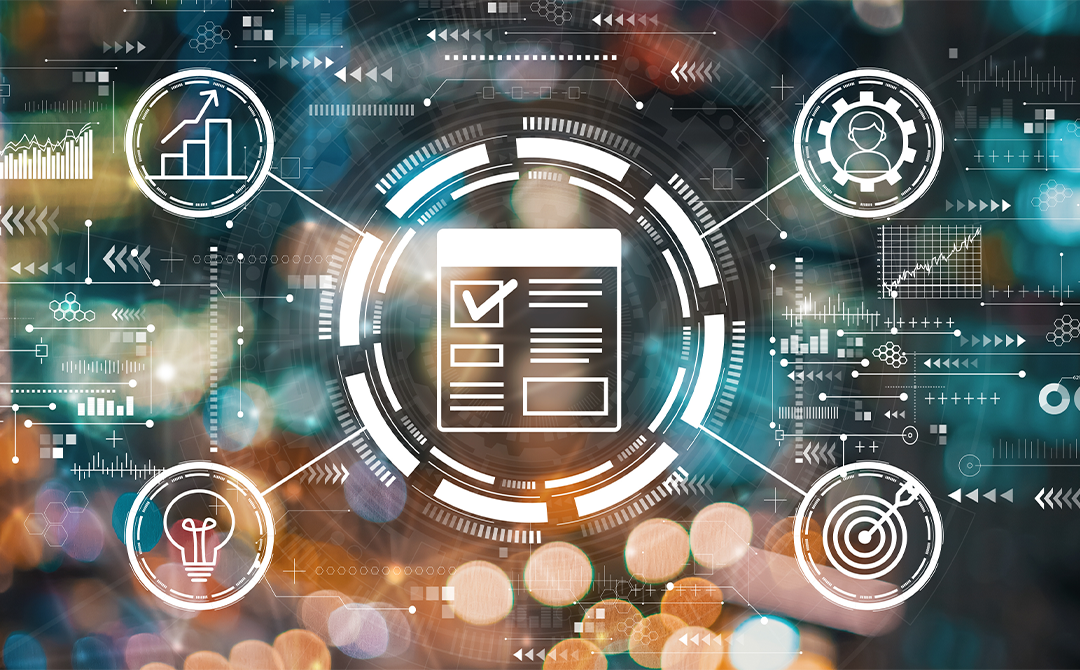
The CPG sector has always set trends in engaging with consumers and taken a data-driven, insight-led approach to doing so. However, your analytics infrastructure may no longer serve the purpose as the frontiers of data expand, while volatility and consumer expectations show no signs of stabilizing. This is why your CPG business must be considering utilizing Generative Artificial Intelligence (Gen AI) tools or Large Language Models (LLMs). Or even already using them.
CPG companies are leveraging neural network–led versatile gen AI-based models such as GAN, VAE, RNN and LLMs trained on billions of parameters, tapping into each of their strengths and their chief capability to mimic the human brain, to transform their operations, and employee and customer experience.
68% of CPG companies plan to implement Generative AI solutions by the end of 2024.
Source: Market.us
Zooming into LLMs, the success of OpenAI’s ChatGPT that accumulated more than a million users within five days in late 2022 - and close competitors Google’s Gemini and Microsoft’s Copilot that is built on the company’s partnership with OpenAI - among non-technologist users has opened a gateway for a CPG business to harness the insights and creativity of consumers, ecosystem partners and non-tech employees to race ahead.
This post will discuss the top five ways a CPG business can use generative AI and LLM-driven tools and models in 2024 for collaborative innovation and competitive advantage.
Empowering employees with a centralized knowledge hub
LLMs have already seen tremendous traction in the non-business world. So it’s only natural that CPG businesses leverage this to help their employees do their jobs better. LLMs can connect disparate knowledge sources within an organization at the click of a button to answer any employee question. These can include media coverage of competitor activity, results of earlier marketing campaigns, guidelines on suppliers' negotiation terms, product evolution, or customers’ regional preferences. The insights will also incorporate the company's legacy know-how as well as fresh learning from recent AI-employee interactions. This collective, up-to-date wisdom delivered instantly will help employees act quickly, decisively, and from a superior starting point in any scenario, BAU or unprecedented.
A recent, exciting development that illustrates this is KraftGPT, CPG giant Kraft Heinz’s internal generative AI app that provides teams with speedy insights on anything within the company.
The app is “kind of like an ‘Ask Me Anything’ app.” - Helen Davis, SVP, head of North America operations at Kraft Heinz.
Employees can query such things as, “Why are we selling so much bacon?” or “Why does everyone love it so much all of a sudden? What’s happening?”
Source: Consumer Goods Technology
How Generative AI and LLMs can drive CPG sustainability
Sustainability has never been more critical, especially for CPG companies whose brands will win loyalty or be spurned based on their ESG credentials. Across the value chain- from supplier certifications and the ecological impact of raw material used to manufacturing practices and package design to logistic optimization - CPG companies need to monitor various activities for their sustainability.
The diversity of the information sources this implies has made it an ideal application for generative AI. Already, there are AI-led solutions that help CPG companies monitor sustainability for some activities. And gen AI, with its capacity to extract value-added insights at speed and scale, is the next technology on the anvil to drive sustainability agendas. Today, 61% of executives say generative AI will be necessary for their sustainability agenda and 69% of organizations plan to increase their investment in generative AI for sustainability. As use cases evolve, let us look at a few that will forward the sustainability cause.
- Decoding regulations for improved compliance: CPG companies can utilize LLMs to decode fast-changing regulatory norms and their impact on business activities. The information thus extracted can be used to modify processes, packaging guidelines, or waste management procedures for greater compliance. However, given the criticality of ESG compliance, CPG businesses must implement robust governance frameworks and track gen AI implementations through periodic audits to ensure adherence to organizational and regulatory policies and mitigate algorithmic risks.
- Ecosystem collaboration: Sixty-five percent of organizations recently surveyed said they are co-creating generative AI capabilities for sustainability with ecosystem partners or suppliers. Generative AI, especially LLMs, with trillions of parameters across subject areas and their conversational ability, are versatile enough for any sustainability task. They can bring together experts such as scientists, lawyers, and stakeholders like employees and retailers within and outside the organization, support them with cross-functional insights, and help create shared conversations that initiate change quickly.
Drive sustainable business outcomes through dramatically improved insights
Embed sustainability across the enterprise
Innovate, don’t replicate. Use generative AI as a source of innovation for sustainability to change how things get done. Don’t just automate existing, suboptimal processes and ways of working.
Source: IBM
Accelerating/Supercharging Product Innovation with Gen AI Platforms
Generative AI and LLM models generate unique and innovative product design concepts swiftly and efficiently when prompted. The tools are trained on competitive data, customer feedback, hundreds or thousands of images of designs, features, and demographic-based preferences. They are also updated on development requirements and limitations. The tools generate hyper-realistic designs and formulations for developers to curate for brand alignment and compliance. Such processes reduce design cycle times, optimize cost and resources, and minimize errors.
Leading CPG companies are now consolidating gen AI capabilities for product innovation on unified platforms for collaborative advantage. For instance, a food and beverages giant has a platform where product development teams continuously work with real-time insights on preferences in home cooking, restaurants, and other food consumption patterns - to come up with never-before ideas and responsive, timely innovation.
Optimizing CPG Product Portfolios
As customers get increasingly choosy and fickle, a streamlined but responsive product portfolio becomes more central to market leadership. Generative AI in CPG can help businesses analyze historical and live sales data and market trends to anticipate which products customers will buy more of, which they will stop buying, and which new variants they want. With their unique strengths, LLMs can elevate this analysis by carrying out churn prediction through an analysis of customers’ preferences and level of engagement along with larger contextual variables like political stability, inflation, and media coverage. Based on these integrated findings, enterprises can constantly recalibrate their product portfolios for maximum profitability and customer satisfaction.
For instance, a household goods company may learn from its LLMs that there is a shift in consumer preferences for eco-friendly products from regular fragrances to exotic, blended fragrances not available in the market. It can then work quickly to create and test formulations that meet the criteria and pivot its production lines to the new variants.
Boosting Quality Control and Predictive Maintenance in CPG Manufacturing
These activities in CPG manufacturing already have established practices that keep production lines running smoothly to make flawless products. But gen AI, with its superior ability to detect patterns, identify anomalies, and anticipate disruption, can add a layer of accuracy to what is being done today.
- Quality Control: Gen AI produces real-time images and videos of the packaged products. For example, a tool trained on the ‘normal sensor data range’ of a beverage bottle seal can flag deviations from the given range in the production line itself. This enables the production team to identify and fix defects and errors before the product leaves the unit, minimizing product return issues for packaging defects and malfunctions.
- Predictive maintenance: A single snag in manufacturing equipment not detected in time can cost a CPG business millions of dollars, even if it happens in the factories of an external partner. Imagine a gen AI model trained on thousands of patterns to predict breakdowns that scheduled maintenance may have missed. It can alert teams much faster to fix the problem, so there is no domino effect across the value chain.
While there is no need to dismantle existing monitoring mechanisms in manufacturing, deploying gen AI cost-efficiently can boost outcomes and should also be considered because it will bring more valuable and varied data into the company’s gen AI engine.
Transforming CPG Business Ecosystems
Generative AI and LLMs are being unleashed across CPG business ecosystems, enabling them to maneuver the demanding landscape, maintain a competitive edge, and gain market leadership. Going a step ahead of collaborative innovation, one expert view is that since non-technologists interact with these technologies closely, the innovations these exchanges spark will get swiftly embedded at scale across the company’s infrastructure by the tech team – a process that now takes much longer.
But you should not replace large segments of your tech stack or automation with gen AI and large language models in one go. Instead, you need the support of a cutting-edge gen AI solutions partner who will work with you to understand where, why, and how you should integrate these technologies in alignment with your vision and business goals.

AUTHOR - FOLLOW
Editorial Team
Tredence
Topic Tags




